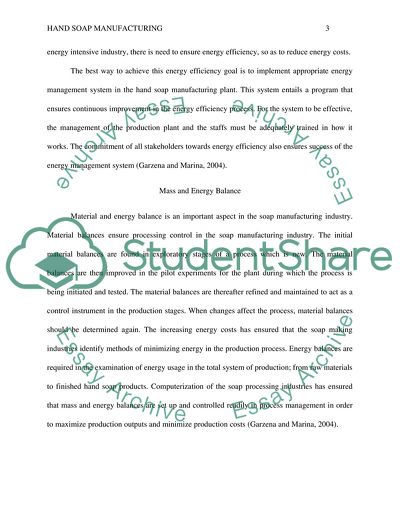Cite this document
(Hand Soap Manufacturing Coursework Example | Topics and Well Written Essays - 3500 words, n.d.)
Hand Soap Manufacturing Coursework Example | Topics and Well Written Essays - 3500 words. https://studentshare.org/engineering-and-construction/1831150-hand-soap-manufacturing
Hand Soap Manufacturing Coursework Example | Topics and Well Written Essays - 3500 words. https://studentshare.org/engineering-and-construction/1831150-hand-soap-manufacturing
(Hand Soap Manufacturing Coursework Example | Topics and Well Written Essays - 3500 Words)
Hand Soap Manufacturing Coursework Example | Topics and Well Written Essays - 3500 Words. https://studentshare.org/engineering-and-construction/1831150-hand-soap-manufacturing.
Hand Soap Manufacturing Coursework Example | Topics and Well Written Essays - 3500 Words. https://studentshare.org/engineering-and-construction/1831150-hand-soap-manufacturing.
“Hand Soap Manufacturing Coursework Example | Topics and Well Written Essays - 3500 Words”. https://studentshare.org/engineering-and-construction/1831150-hand-soap-manufacturing.


